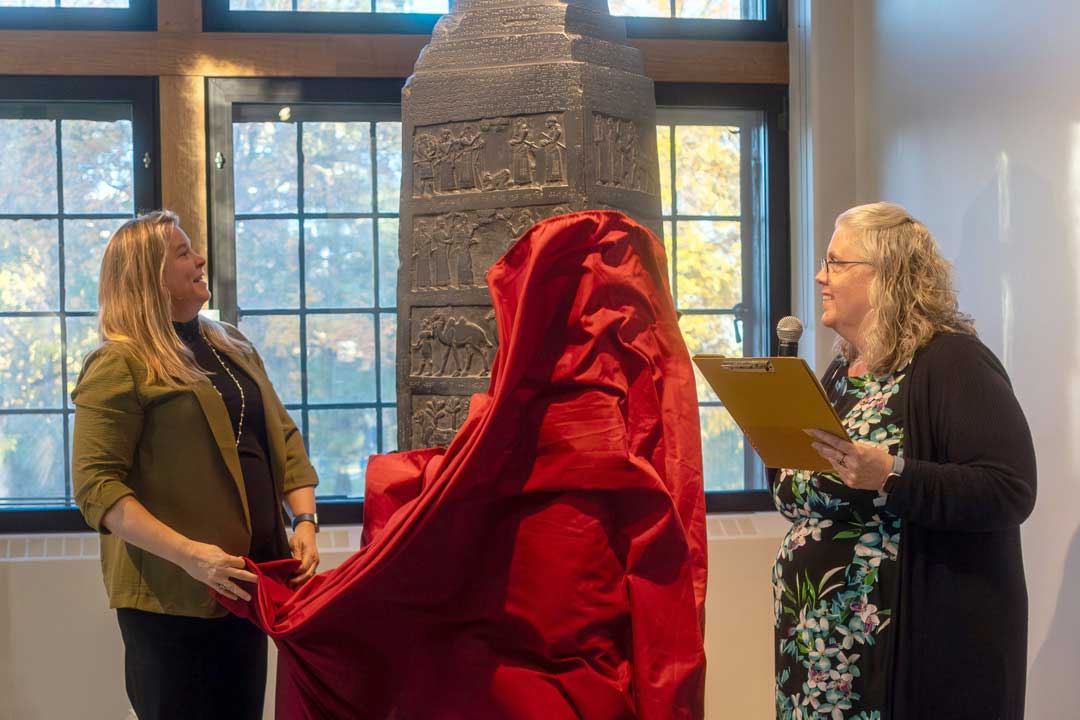
USask Museum of Antiquities marks 50 years
Museum on the USask campus houses more than 1,000 artifacts and replicas from the ancient and medieval world
By Chris PutnamThe University of Saskatchewan (USask) Museum of Antiquities is celebrating half a century of revealing wonders of the past to Saskatoon audiences.
On Friday, Oct. 3, special guests were invited to an event at the Peter MacKinnon Building to mark the museum’s 50th anniversary. At the celebration, museum director Dr. Tracene Harvey (BA’98, MA’02, PhD) unveiled three replica sculptures newly added to the collection and announced the memorial dedication of the museum’s coin collection to a long-time supporter.
Later this fall, the museum plans to host a public fundraiser and celebration of its anniversary.
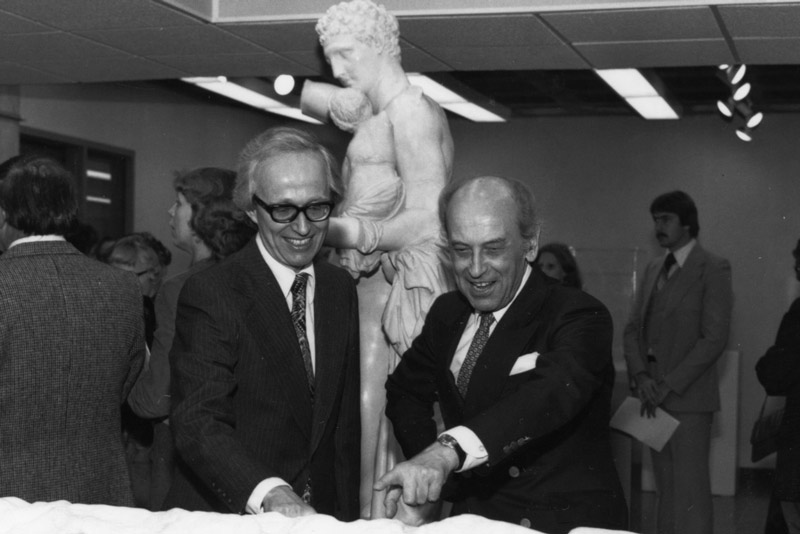
Since 1975, the Museum of Antiquities has offered visitors close-up views of full-scale replicas and original artifacts from the ancient world—free of charge.
“There's no other museum like this in Canada, and we have it here in Saskatoon in the middle of the Canadian prairies,” said Harvey.
Harvey often hears comments from visitors who are blown away by the existence of “such a rare gem” in Saskatoon. The museum has also been transformative for many USask students who discovered their love of ancient art and culture within its walls.
“No matter where in the world my work takes me, I carry with me the same passion and curiosity that was sparked at the Museum of Antiquities,” said Amanda Dimmock (BA’06), a former Museum of Antiquities student employee, in an email.
Dimmock worked as a volunteer, then a summer camp coordinator and assistant curator, during her anthropology and archaeology studies at USask. She learned about activity programming, collections care and exhibition development during her time at the museum, and was inspired to pursue a Master of Arts in museum studies in the U.K.
Dimmock is now an associate director at Event, a major London, U.K.-based agency that designs exhibitions around the world.
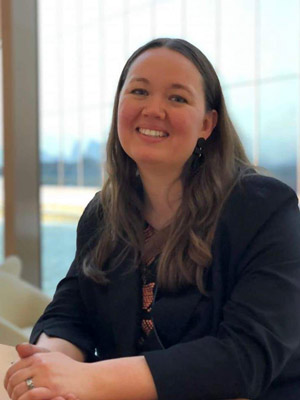
“Occasionally you find a place that forever changes you; the Museum of Antiquities was that place for me,” she said.
Building the museum
USask history professor Dr. Michael Swan (PhD) and art history professor Dr. Nicholas Gyenes (PhD) initiated the museum project in 1974, securing funding from the university to purchase the collection’s first dozen sculptures from the replica workshop of the Louvre in Paris. Some of the most popular objects in the Museum of Antiquities, including the Charioteer of Delphi and the Venus de Milo, were part of that original purchase.
There was no place at first to house the sculptures, so they were put on temporary display wherever space could be found, including the entrance to the president’s office and the link between wings in the Murray Building. In 1981, a dedicated room in the Murray Building was renovated to house the collection, and the Museum of Antiquities officially opened—to the relief of a few sensitive souls who had complained about the nudity on display in the library walkway.
The museum’s collection has grown massively since then. Thanks in large part to private donors, it is now home to well over 1,000 items, including many original objects. Among these are a 4,000-year-old Egyptian false door, around 750 ancient coins and the largest collection of ancient glass in Western Canada.
“It's a very vibrant and diverse collection, focusing mostly on ancient Rome and ancient Greece, but we've expanded into the ancient Near East and Egypt and also a little bit of late antiquity and the Middle Ages of Europe, too,” said Harvey.
After outgrowing its space in the Murray Building, the museum moved to its current location in the MacKinnon Building in 2005. It is operated through the College of Arts and Science and receives additional funding from SaskCulture.
The jewel of the museum’s collection is a bronze bust of the Carthaginian general Hannibal. Donated in 1988, the sculpture was revealed through work led by former Museum of Antiquities curator Catherine Gunderson to have come from the workshop of the famous 17th-century French sculptor François Girardon.
Later, Gunderson and museum intern Helanna Gessner discovered the bust was likely once owned by Napoleon Bonaparte.
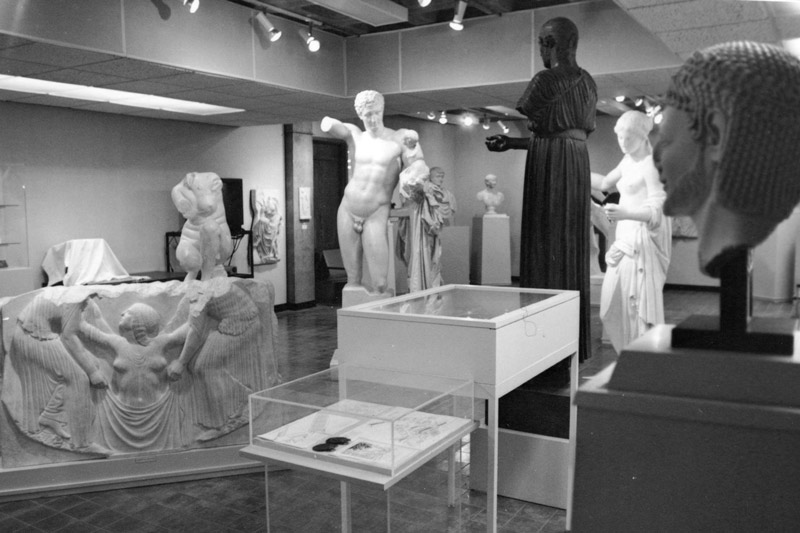
The original artifacts are priceless, but large-scale replicas are still the destination’s main draw. At the Museum of Antiquities, some of the world’s most famous sculptures are made accessible to visitors who can’t travel to major museums outside of Canada. These sculptures are recreated in their original size and with startling detail, in most cases being made from direct casts of the originals.
Some of the museum’s replicas are in better condition than their sources. The original panels on the Parthenon Temple in Athens, for example, have suffered two centuries of damage from weather and pollution since the creation of the moulds that cast the replicas in the Museum of Antiquities.
“So our replicas are actually better prototypes of the original than the original. Replicas play a key role in preserving art as well,” said Harvey.
On Friday, the museum unveiled three new acquisitions purchased through a gift from the estate of retired USask history professor Dr. Gary Hanson (PhD). The new replicas of the Black Obelisk of Shalmaneser III, the Law Code of Hammurabi and two sphinxes from the ancient Persian Palace of Darius are now on display in the museum gallery.
At the event, the museum also dedicated its coin collection to the late Terence Cheesman, a collector of ancient coins and another lifelong supporter. Cheesman donated many coins to the museum and left a bequest that has allowed it to further expand the collection.
Inspiring students
The Museum of Antiquities has proven to be a vital resource for students from every corner of the USask campus and Saskatoon.
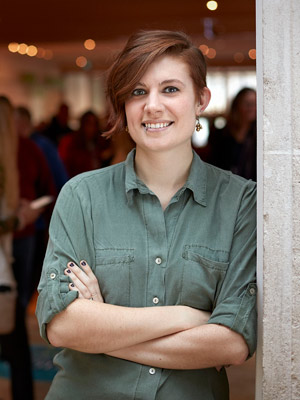
Students of history, art, anthropology, and classical, medieval and renaissance studies make regular use of the museum. But students and faculty in fields as wide-ranging as marketing, chemistry, kinesiology and drama have also used it as a learning tool. Kids’ summer camps, outreach events and K-12 programming offered by the museum have been consistently popular.
More than 20 students work in the museum each year as volunteers or staff members. The College of Arts and Science’s recently launched Certificate in Curation Studies, which includes an internship opportunity at the Museum of Antiquities, has been an immediate hit with students.
Harvey teaches at least one USask course each term—including the capstone course in the certificate program—as part of her job as museum director, and incorporates the collection into every class. This summer, her teaching work and collaborations with other instructors earned her the USask Provost’s Support of Teaching and Learning Award.
“I was very proud of that recognition, because it's not just about what I do, but the impact that the museum has had on campus and in the community,” Harvey said.
For many, learning experiences in the Museum of Antiquities have had an enduring impact.
Brittney Sproule (BA’13) majored in music at USask but developed interests in Latin, classical art and classical architecture during her studies.
“I realized that this museum was something we had on campus, and it seemed really weird that we did, but weird in an awesome way. It was like, ‘How do we have all these ancient things in Saskatoon, of all places?’ So I thought that was super cool,” Sproule said.
Sproule volunteered at the museum then accepted a paid summer position. She said the experience was “instrumental (and) foundational” to her career path. Sproule pursued a Master of Museum Studies at the University of Toronto and now works her “dream gig” as an exhibition project manager at the Art Gallery of Ontario.
“It really wasn't until I started volunteering and being directly involved in the Museum of Antiquities that I kind of realized, ‘Hey, someone could make a career out of this.’”
Article originally published at https://artsandscience.usask.ca


